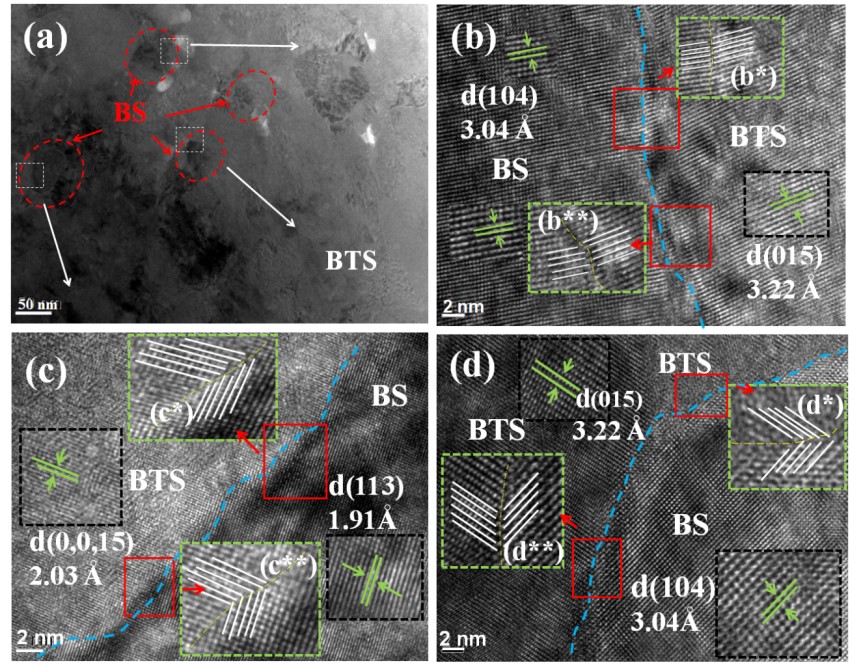Recently, a team from the Institute of Solid State Physics (ISSP), Hefei Institutes of Physical Science (HFIPS) showed a way to achieve High Thermoelectric Properties in N-type Bi2Te2.7Se0.3(BTS).
After incorporating nanometer sized particles of 3D topological insulator Bi2Se3(BS) in BTS, researchers found that this was a new alloy which could not only boost power factor remarkably, but also lower lattice thermal conductivity significantly.
As a result, this BTS based composite system offered better result of high Figure of merit (ZT), which was a crucial factor in Thermoelectric (TE) devices.
TE devices offer an alternative renewable energy resource to alleviate increasing global energy demands and environmental concerns. Currently, N-type BTS is used in both refrigeration and power generation application at/near room temperatures. But the low ZT for BTS poses a foremost barrier in elevation of energy harvesting applications.
Thus, it is foremost needed to find a strategy to improve power factor (PF) in addition to lowering thermal conductivity and this research offers a new approach to enhance both PF and phonon blocking for BTS simultaneously so as to boost its ZT significantly.
Link to the paper: Enhanced power factor and thermoelectric performance for n-type Bi2Te2.7Se0.3based composites incorporated with 3D topological insulator nanoinclusions
十日内

Figure 1. TEM micrographs for composite specimen fBi2Se3/Bi2Te2.7Se0.3 with f =0.3vol%. (image by Bushra Jabar)

Figure 2. Temperature dependence of κL (a), ZT (b) for all fBi2Se3/Bi2Te2.7Se0.3 (f= 0, 0.1, 0.2, 0.3, 0.4, 0.5 and 0.8 vol.%) specimens; temperature dependence of Power factor (c) and ZT values (d). (image by Bushra Jabar)

Table of content graphic
Contact:
ZHAO Weiwei
Hefei Institutes of Physical Science (http://english.hf.cas.cn/)
Email: annyzhao@ipp.ac.cn
 Tel: +86-551-65591206
Tel: +86-551-65591206
 Fax: +86-551-65591270
Fax: +86-551-65591270
 Emai: zhous@hfcas.ac.cn
Emai: zhous@hfcas.ac.cn
 350 Shushanhu Road
350 Shushanhu Road